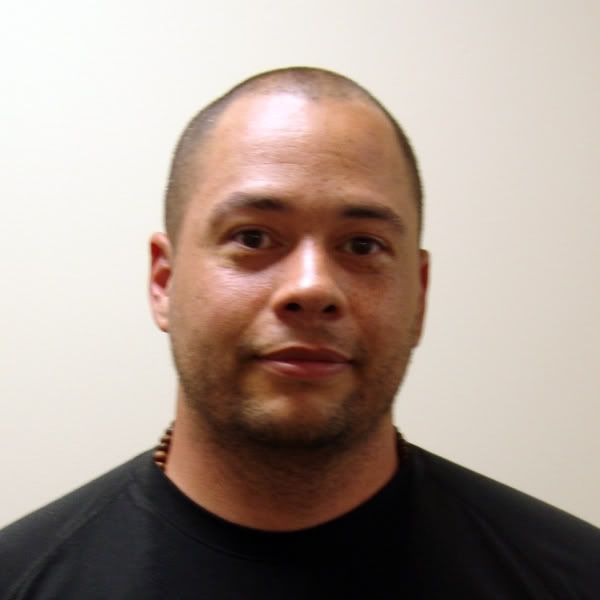Ian wrote:this topic seems to be more about personal drama than martial arts...
theatrical Ian, theatrical drama...
Ian wrote:this topic seems to be more about personal drama than martial arts...





JoseFreitas wrote:
I also think that to call any program of military training "Xingyi" is the height of optimism. If the book had been called "A series os simple straightforward, beginner level drills to be practiced with a bayonet and can be learned in under 20 hours" it would have been closer to the truth. It is impossible to marry Xingyi and military training, and in this I agree with Scott.





JoseFreitas wrote:GrahamB: I will answe from two different points of view, both or none of whom may be germane to this discussion.
There is a general answer, which is what I meant previously, which is very simple: it's hard to teach martial arts to recruits. Whatever you teach them is generally a dumbed-down version of the martial art it's based on. It cannot have the nuances and body methods which take too long to program for someone who needs to be trained in the next 2 to 8 months (or whatever). Most recruits are physically stronger than the general population and therefore it makes sense to teach them more athletical methods. In modern warfare, other stuff is much more a priority for the soldiers, including firearms and such, but also, and mainly, to move as a unit, to obey commands, etc... This has been so since the 19th century or so (and in some cases, it has been so since the legions which did defeat warriors that were probably individually better than them), and it was already true in China. And the Chinese KNEW it, just read Qi Ji Guan's books where he says that "Boxing" is generally useless to soldiers, except perhaps as a form of exercise or a method to teach self-confidence, and that weapons are primary but they must be "reduced" to the simpler components because those are the ones soldiers will use on the battlefield.
In todays martial arts communities we all know what "battle tested" and "taught to SEALs and Marines under rigorous conditions" means: a watered down, simplifed, EASY TO TEACH method, which may very well be useful for the soldiers, but is hardly the primary method they are learning, or their priority. I will admit there may be exceptions, but most soldiers nowadays spend a really small part of their total training hours in hand to hand combat. And it's mostly been that way for a long time. I would hazard that whatever spear techniques were taught to soldiers during the 17th century in China were probably simplified, easy, watered down methods that could be drilled in great groups (remember the Seven Samurais).
There is another, more complex reason to be made here, which is that China did not have a warrior class, like Japan, and that in fact, the soldierly profession was generally not very appreciated, a "tainted" pursuit as a rule. Unlike the samurais, who made fighting the center of their world, Chinese never viewed warfare through the same prism of personal honor and accomplishment. The martial arts in China have been civilian affairs for a very long time, as can be readily seen by most of the old stories about hermits, peasants, poor people who became great fighters, caravan guards and such. These people expected to survive to old age, and they trained in a completely different way, which I think is the main reason that the Bujittsu and the Chines styles are different. Ellis Amdur summarizes it best when he says: Japanese styles taught you to fight , and to win, regardless of what happened to your body after you reach the age of 50 or 60 (at which time no one expected you to continue to fight or have more kids, you've done your bit), whereas Chinese styles taught you to fight and SURVIVE, but never at the expense of what it did to your body, you were after all, expected to survive to old age, and not to be stupid and go and die in some dirty battlefield.
This is to say that I think 1) no manual on combatives for the army can actually be any sort of martial arts, just a simplified method (ie. Huang's book is not Xingyi, just some basic training drills adapted from Xingyi), and 2) I seriously doubt that any Chinese martial art was based on a military training method (ie. if Xingyi is based on spear it's because Ji Long Feng was one heck of a good spearmaster, not because he went to the army and learned spear there).

GrahamB wrote:I was talking about Ji Long Feng who was a soldier in the Ming army.
however many, many practitioners and teachers consider these two names interchangeable.





Return to Xingyiquan - Baguazhang - Taijiquan
Users browsing this forum: wayne hansen and 6 guests